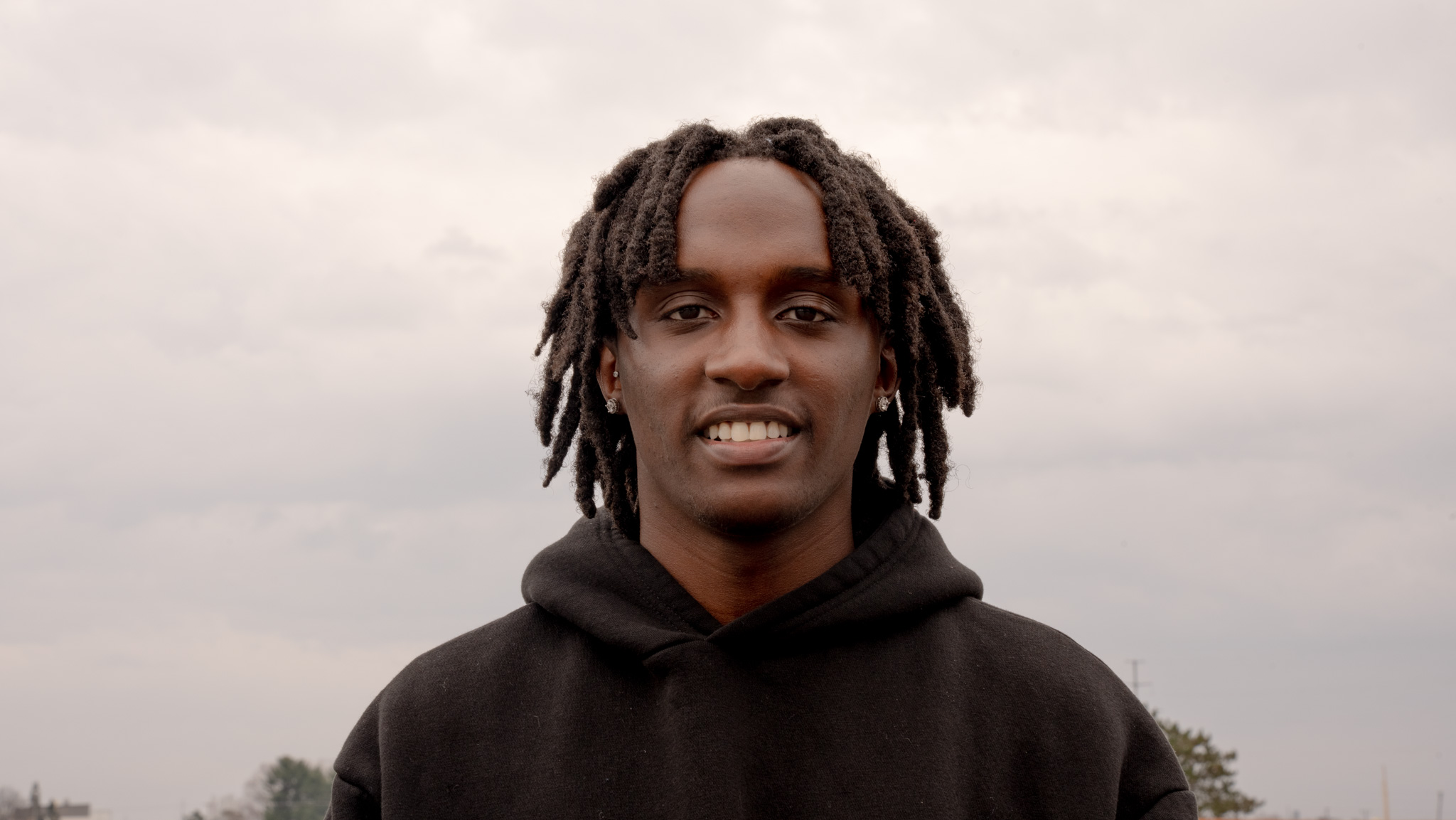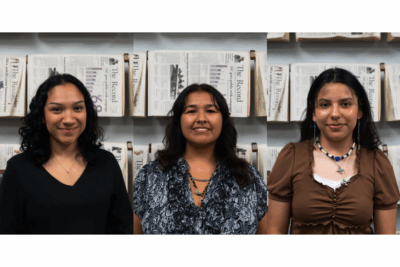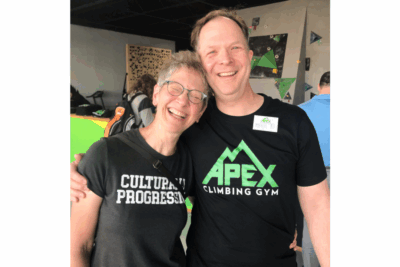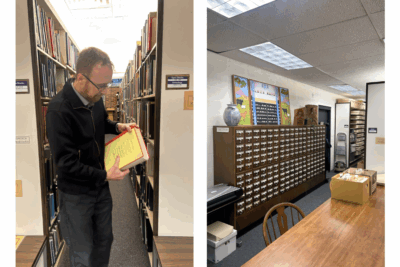Look! What’s that up in the sky? A bird? A plane? It could certainly be Superman, but a whole new flying man has been added to the usual list of suspects. Isaac Sensenig, a senior marketing major, recently conquered the skies by earning his A license for skydiving.
Though anyone can jump from extraordinary heights with supervision, this A license allows him to jump on his own, without a skydiving instructor guiding him, like someone fresh off the street would have to do.Sensenig has been skydiving for three years after a close friend introduced him to the sport. As to what drew him to jumping from thousands of feet in the air, he said, “I started skydiving because I’ve always been someone who likes doing thrilling activities. I felt like skydiving was the next level of thrilling things that I should accomplish.”
Despite the thrilling nature of skydiving, there was still a structured process to follow. After being invited by a friend from high school who was already taking the program, Sensenig started in the Accelerated Freefall program, or AFF.
It was hosted by Skydive Indianapolis, which “welcomes tens of thousands of first time skydivers, AFF students and experienced jumpers to the skies,” according to their website.
They have been open for 25 years and offer a variety of packages for those seeking to earn their license. These offerings include a simple starter course all the way up to a program focused on getting an A license and allowing students to use their facilities to complete the requirements needed.
Though it sounds like an adventure, Sensenig found it to be a slow start. “I would say the process in the beginning was honestly slow and boring. A lot of time was spent watching safety videos and taking notes; it sort of felt like being in a college lecture,” he described.
In order to earn his license, he had to complete a certified student program, accumulate 10 free-fall jumps, pass a written exam, an oral exam and learn to pack his own parachute to top it all off.
He also had to fill out the requirements of the United States Parachute Association’s proficiency card, which includes having knowledge of a variety of safety procedures, equipment and skills taught within the course. “The process of getting your skydiving license is all about experience,” Sensenig said.
He continued to describe the transition between studying for jumps and executing them. On the topic of his first ever jump, Sensenig said, “When I did my first jump, I was terrified. I remember the instructor telling me we would leave the plane on the count of five, but when he got to three, he let go, and there was no going back. It instantly became the coolest thing I have ever done.”
Now that he has acquired his A license, Sensenig is free to continue to gain more experience and obtain other more advanced licenses.
Sensenig said, “I would recommend getting your skydiving license to anyone who likes getting out of their comfort zone and trying new things. In terms of advice, I would say find someone who is already involved in high-level skydiving and talk to them if you’re interested.”



